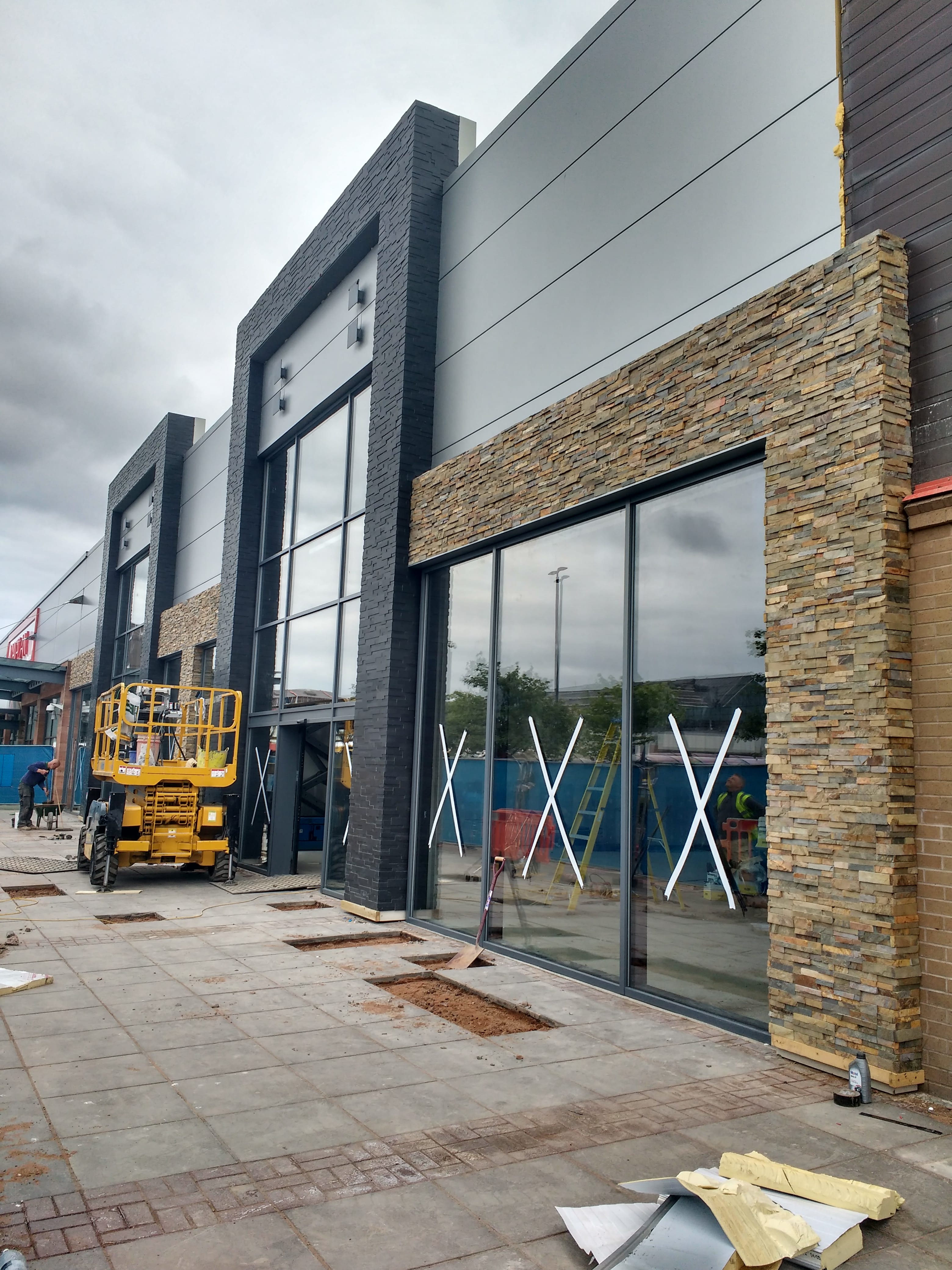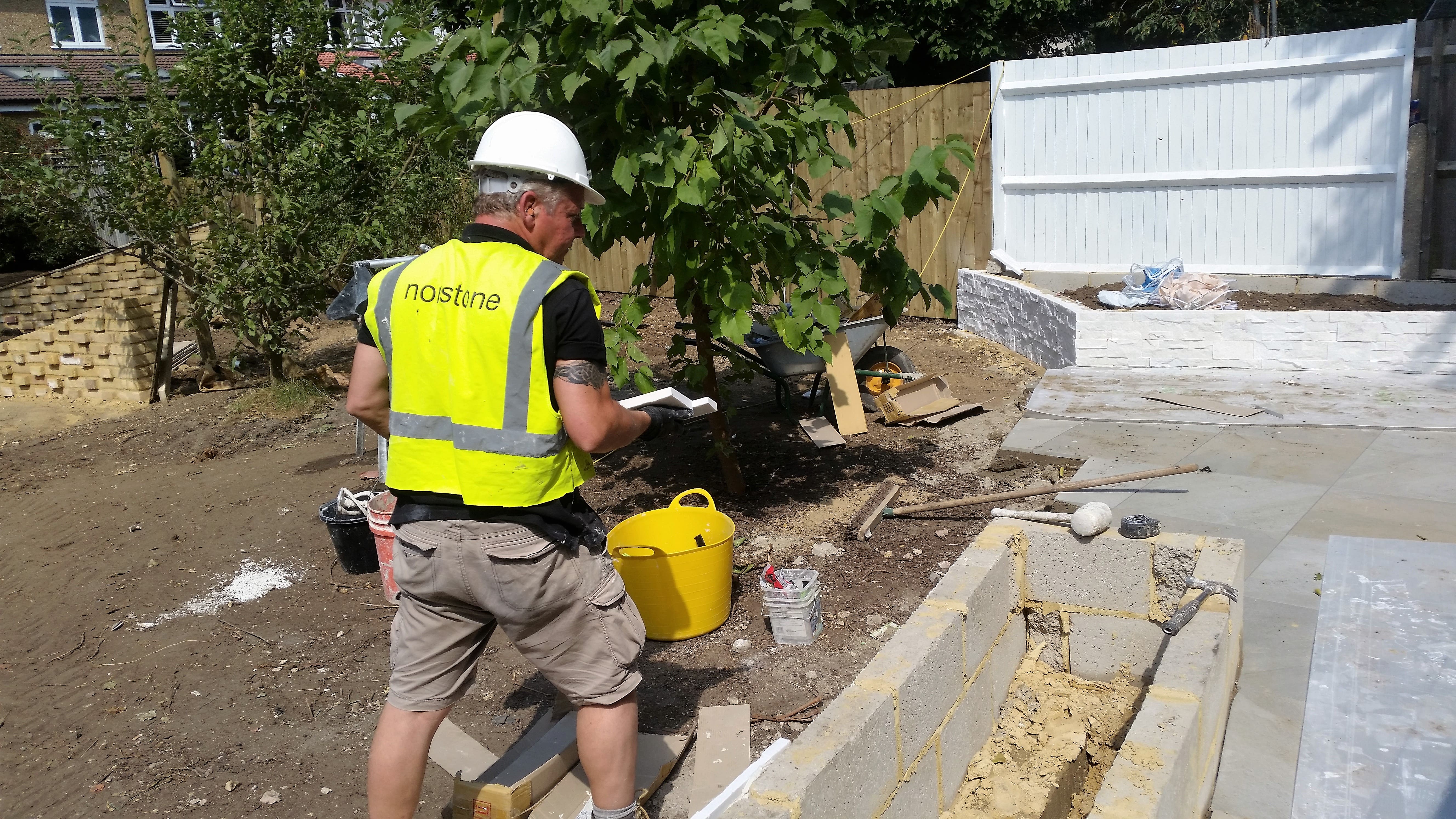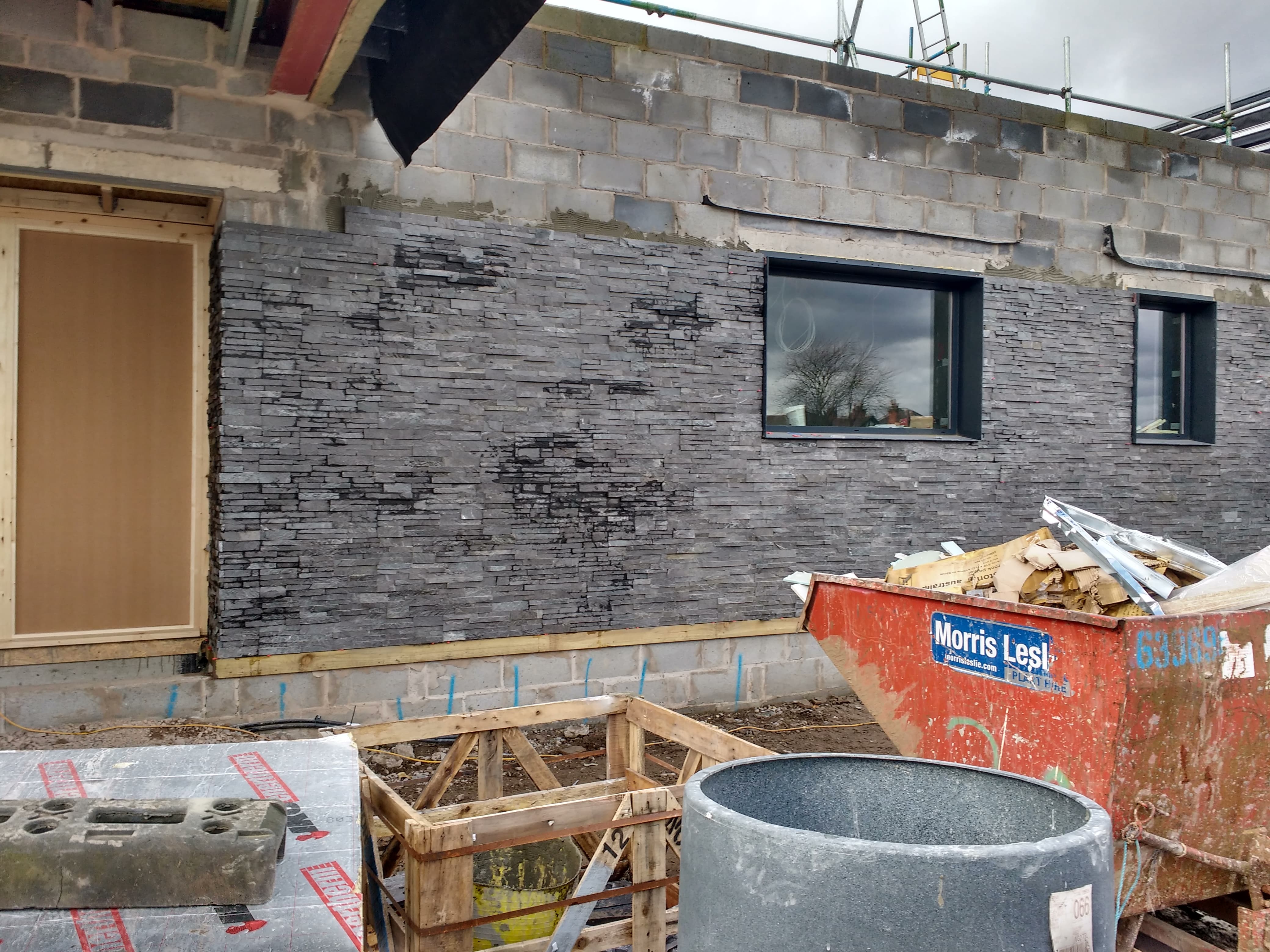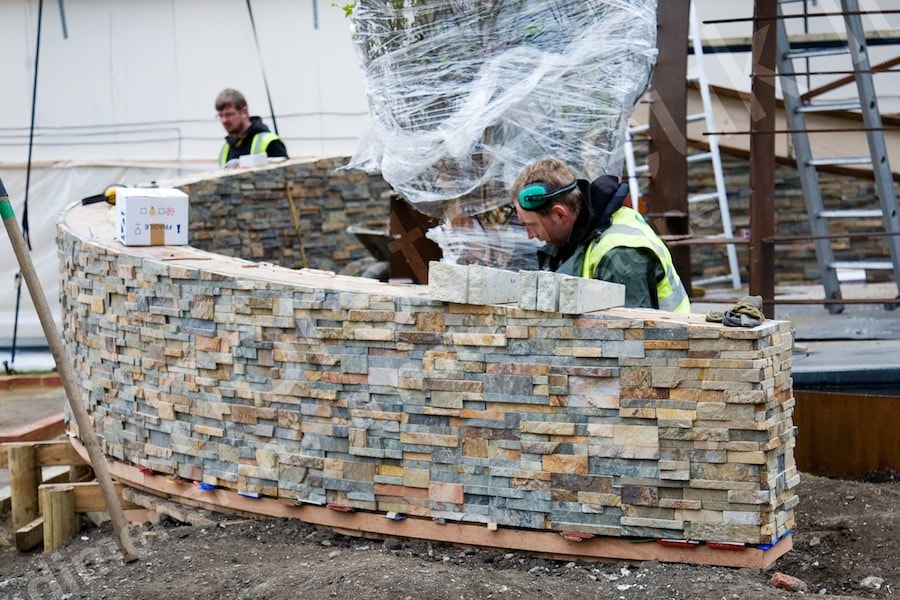How Can Stacked Stone Veneer Qualify for LEED Credits?
In the building material industry the term LEED credits gets thrown around quite a bit, especially when the architecture, design, or construction focus lends itself more towards commercial construction. Many years ago I was fortunate enough to attend a class on the topic of project LEED certification and accreditation for continuing education credits at a trade show and learned a lot about this topic. The trade show was geared towards floor and wall coverings and such the information had a decided bent towards our industry, but I still did take away some great information to assist and guide our clients that are interested in knowing how stacked stone veneer can qualify for LEED credits.
To give a quick baseline understanding of what we’re talking about – LEED credits are credits or points that a construction project can earn a variety of ways, from what kind of products are used, how the construction process is managed and how ongoing building functions are designed just to name a few. And in greatly simplifying the actual process, these credits are documented, presented to the US Green Building Council, and the project can be certified along a range of levels from simply being “certified” up the “platinum”. While the idea of creating buildings that have less environmental impact would hopefully appeal to most everyone, developers might also be able to trade off certain impact fees or expedite a zoning or permitting process by proposing a LEED certified building. In many areas, LEED certified commercial projects will lease or sell at a premium to standard build outs. Many large multi-national companies have also begun to institute policies where their new construction projects must achieve a certain LEED designation.

When it comes to stacked stone veneer qualifying for or helping contribute to LEED credits, the biggest hurdle or industry faces is for the product to qualify it must be quarried and manufactured within 500 miles of the project. This requirement is designed to minimize the emissions associated with the transportation of construction materials, but since we quarry and manufacture all of our Norstone Natural Stone Veneer products in Southeast Asia, unfortunately the product credits are unattainable. And while there are amazing stone regions in the United States, the reality is that in a country as big as this, 500 miles gets eaten up quickly. So while that Pennsylvania Blue stone is beautiful, it’s not going to help your project in Texas. The same goes for Texas Limestone, Wisconsin Granite, and Vermont Marble – all world class stone products made right here in the U.S., but if you fall outside that 500 mile radius of the quarry LEED product credits aren’t in your project’s future.

The good news is that there are other LEED credits that stacked stone veneer products like Norstone can help contribute to. Two of thee points are related to construction waste management, as all of our packaging can be readily recycled, and any excess material can be turned into aggregate. A third point relates to indoor air quality, which natural stone contributes to due to its low emission of volatile organic compounds.

We hope in the future that more LEED credits will become available to products like stacked stone veneer and other tile and stone products. Our industry associations, including the Tile Council of North America, are working with the US Green Building Council to make more credits available for tile and stone, hopefully with a focus on sustainable building materials and the life cycle cost of products. A new carpet made from recycled plastic water bottles is no doubt helping the environment, but could need replaced every 2-4 years in a commercial setting, where a beautiful natural stone floor could last many lifetimes. The good news is that we’re having these discussions and all parties want to get it right, not just for certain industries, but with environmental impact as the guiding force.

If you are considering using any of our stacked stone veneer products for a LEED certified project, please contact any of our team members to get more information on the credits available. We look forward to continuing to see our industry and this process evolve and staying on the bleeding edge of knowing how LEED works for stacked stone veneer.
.png)



